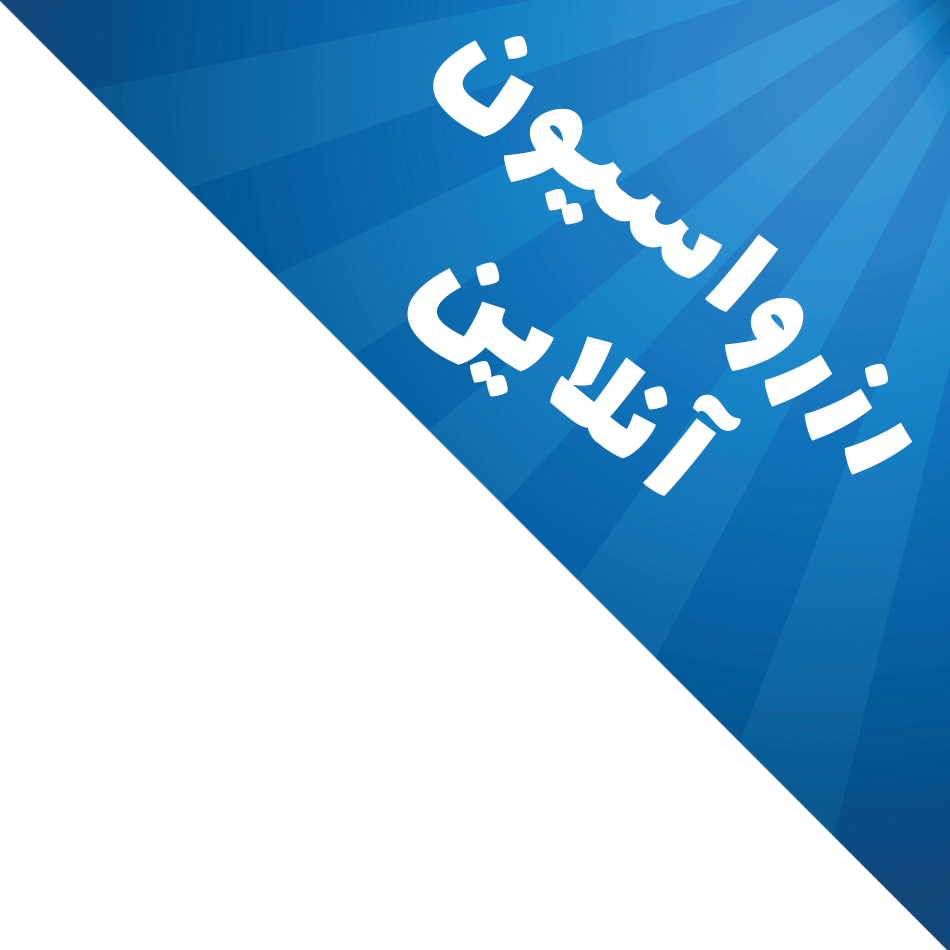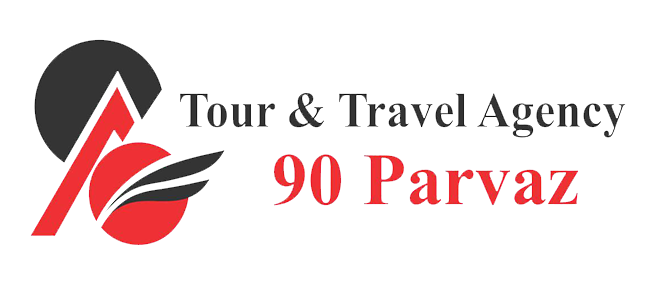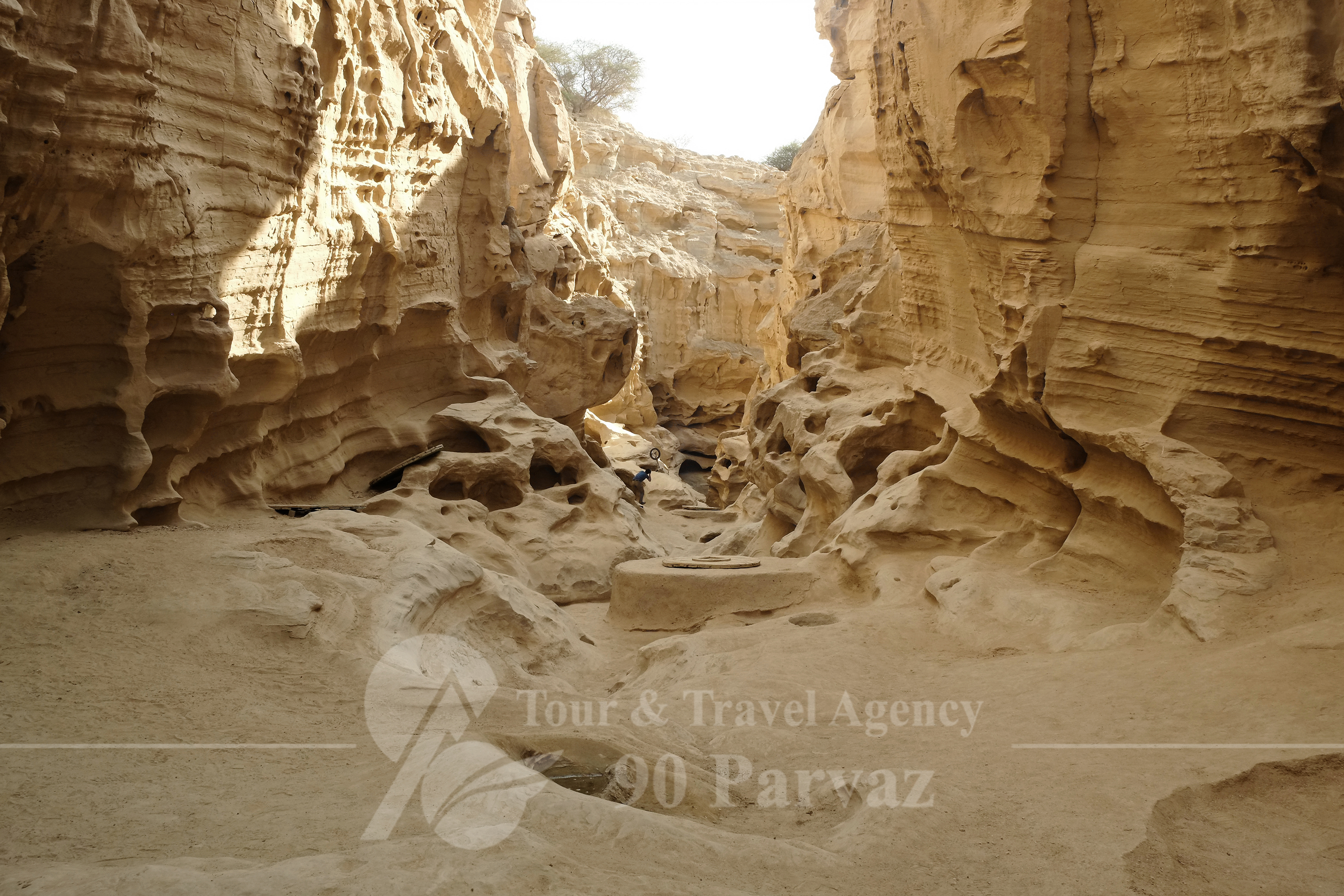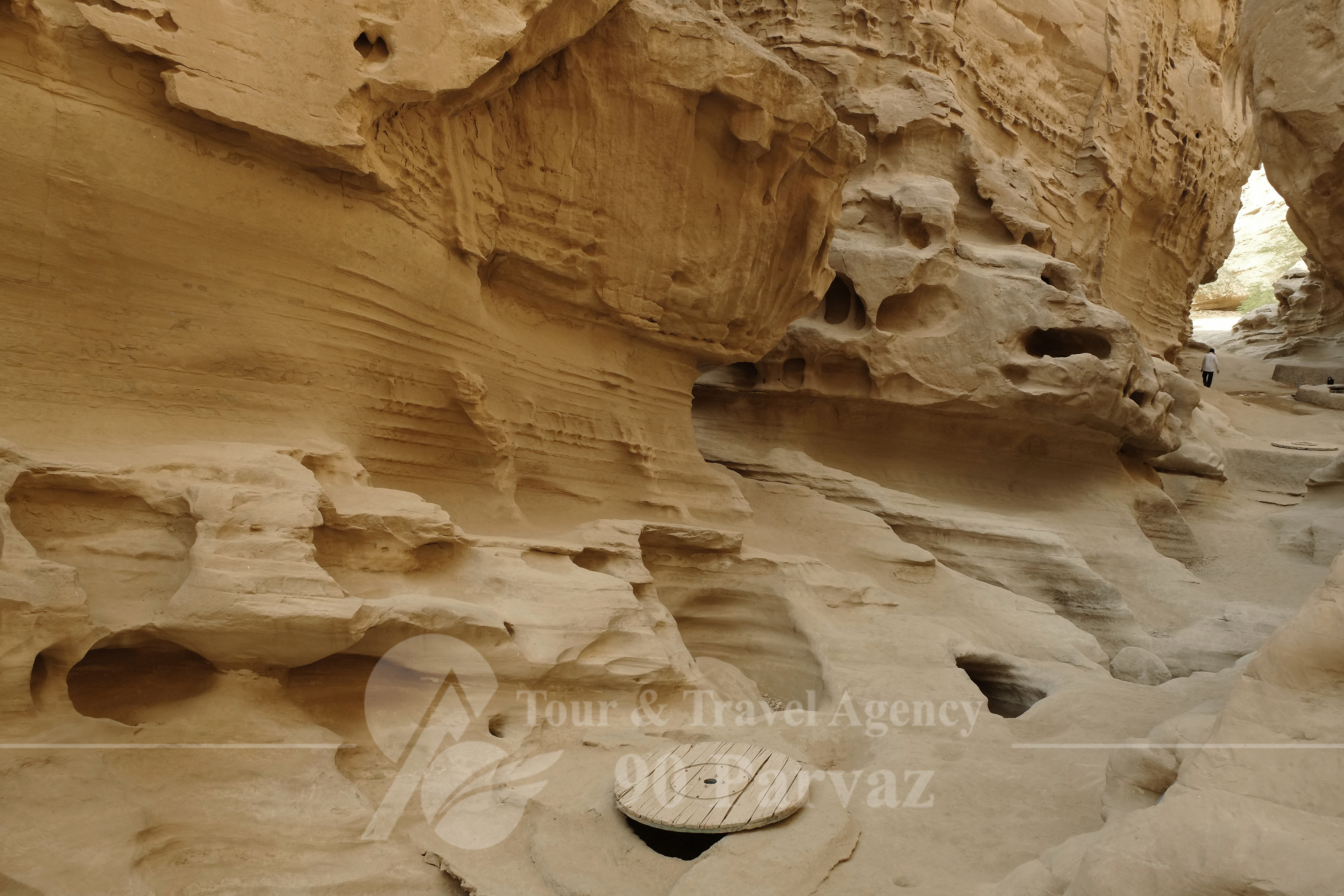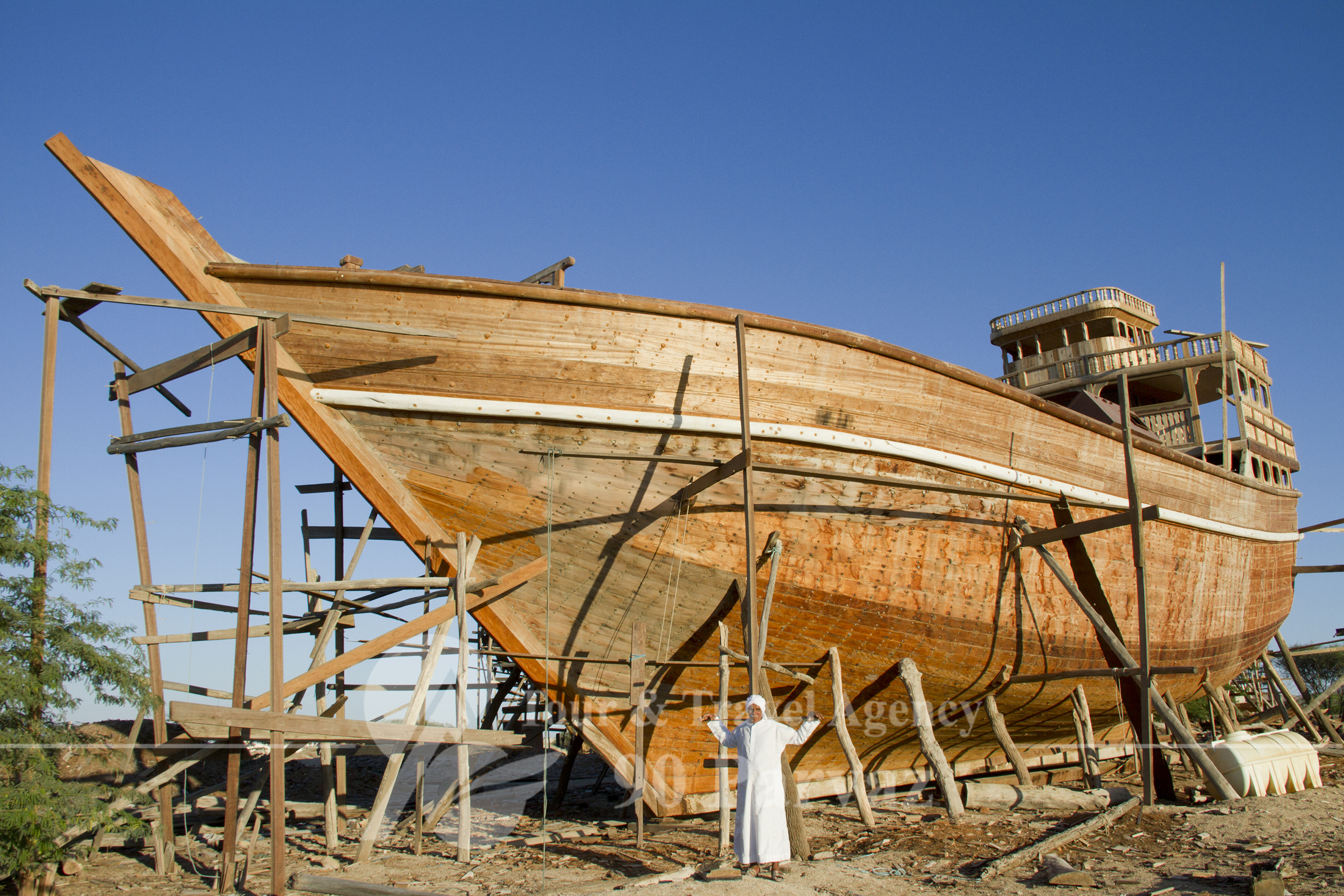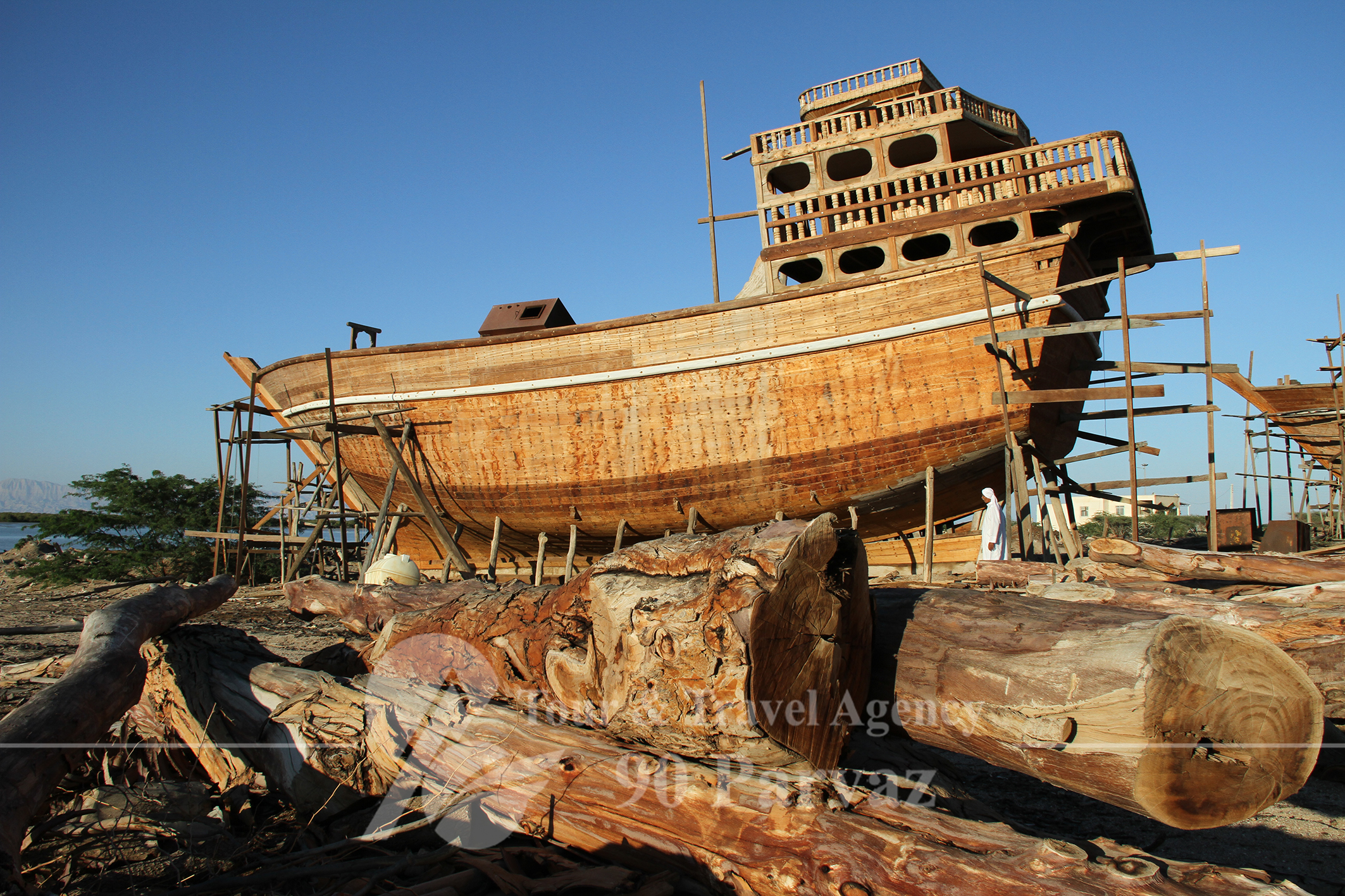While the limits of the land in the Iranian Plateau end in the south where the banks of the Persian Gulf and Oman Sea begin, human settlements extend their presence across the scattered islands which have risen over the surface of the water. The Persian Gulf in the Iranian territory incorporates 21 residential islands, namely Qeshm, Kish, Hengam, Lark, Hormuz, etc. as well as 20 islands which are not inhabited by human beings.
As the largest body of land in the entire Gulf, Qeshm comprises an area of 1491 square kilometers and is home to a number of 148,993 people. The locals of Qeshm speak a southern dialect of Farsi, which is mixed with a sweet southern accent and Arabic, Indian, English and Farsi languages.
The location of Qeshm in the northwest of Hormuz Strait has won the island a strategic importance. The very dialectal make-up of the local language points out the long and remarkable history of Qeshm as a geopolitical locus for rulers from different countries, wishing to gain control over it. Qeshm Island went under the complete Iranian governance after the Islamic Revolution of 1979.
With a history that stretches as far back as to the ancient times, today’s Qeshm is the ultimate tourist destination with its cultural traditions, historical heritage, and mesmerizing nature. Visiting Qeshm feels like traveling in a slice of time and being that floats between the historical and the modern, with the intermission of spaces where nature is the hero.
The locals of Qeshm have lived in a relatively enclosed area, with an economy mainly based on nature and fishing. This has developed a culture tied to nature, marked with ceremonies and festivals featuring nature.
• The Fishermen’s New Year is celebrated every year on the first of Mordad (July 23). There is no hunting on this day, as the locals believe it is the time for the sea animals to bread and enrich their species.
• Fishing Shrimps is also a very common practice on the island. At the end of the hunting season every year, the fishermen celebrate the Shrimp Ceremony, expressing their gratitude for the bounties of nature.
• Except for the sea, the locals are also grateful for the natural blessings on the land. They celebrate the Palm trees and their products in the form of dates and handicrafts for a week, because of their importance in the daily lives of the locals.
• During the years that the island goes through scarcity of water and lack of vegetation, the people gather to say special prayers on particular locations across the island.
Apart from experiencing the cultural authenticity of Qeshm, there is so much to explore and see on the island.
• The geopark of Qeshm is the nature lovers’ heaven as every stop along the way is a fascinating natural phenomenon. The Hera Marine Forests, salt caves, salt domes, mineral water springs, Chahkooh Valley together with many other interesting sites and rock formations are the marvels of this geopark.
• The Setaregan Valley (translated into the valley of stars) is a valley in the south of the island, characterized by rock formations eroded with strong winds, rainfall and blowing across the area.
• Qeshm is not limited only to one island as it also includes the surrounding small islands. The warm welcome of the dolphins swimming around the Hengam Island and the red soil of the Hormuz Island in stark contrast to the blue of the sea are experiences worth having. Qeshm Island is a free trade zone, offering a pleasant experience of shopping besides relaxing and sightseeing.
Qeshm Island has come a long way down the line of history. The amount of natural and cultural wealth accumulated here continues to awe visitors, a fact which promises the continuous growth of the island.

